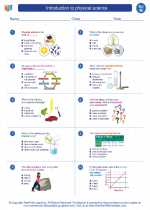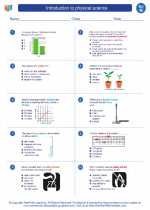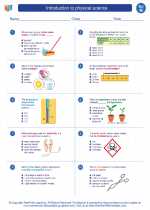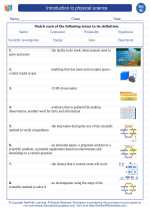Relative Dating
Relative dating is a method used to determine the age of rocks and fossils based on their position in relation to each other. It does not provide an exact age, but it does allow scientists to establish a sequence of events and understand the relative order of geological events.
Principles of Relative Dating
There are several principles that form the basis of relative dating:
- Law of Superposition: In an undisturbed sequence of rock layers, the oldest rocks are at the bottom and the youngest rocks are at the top.
- Principle of Original Horizontality: Sedimentary layers are originally deposited horizontally. Any deviation from the horizontal indicates some type of disturbance.
- Principle of Lateral Continuity: Layers of sediment initially extend laterally in all directions, so if you find a gap in the sequence of rock layers, the layers were likely separated by erosion.
- Principle of Cross-Cutting Relationships: If a geological feature cuts across another rock layer, it must be younger than the rock layer it cuts across.
- Principle of Inclusions: If one rock contains fragments of another rock, the fragments must be older than the surrounding rock.
Methods of Relative Dating
There are several methods used in relative dating to determine the sequence of events:
- Stratigraphy: This method involves studying the layers of sedimentary rock and determining their relative ages based on the principles of superposition, original horizontality, and lateral continuity.
- Fossil Succession: Fossils found in rock layers can help establish the relative ages of those layers, as certain fossils are characteristic of specific time periods.
- Cross-Cutting Relationships: By analyzing the relationships between different geological features, such as faults and intrusions, scientists can determine the sequence of events.
Study Guide
When studying relative dating, it is important to understand the key principles and methods. Here are some key points to focus on:
- Memorize the principles of relative dating, including the law of superposition, principle of original horizontality, principle of lateral continuity, principle of cross-cutting relationships, and principle of inclusions.
- Understand how stratigraphy is used in relative dating and be able to interpret the sequence of rock layers in a given geological cross-section.
- Learn about index fossils and how they are used to correlate rock layers from different locations.
- Practice applying the principles of relative dating to determine the relative ages of rock layers and geological features.
By mastering the principles and methods of relative dating, you will be able to interpret the Earth's history and understand the chronological order of geological events.





